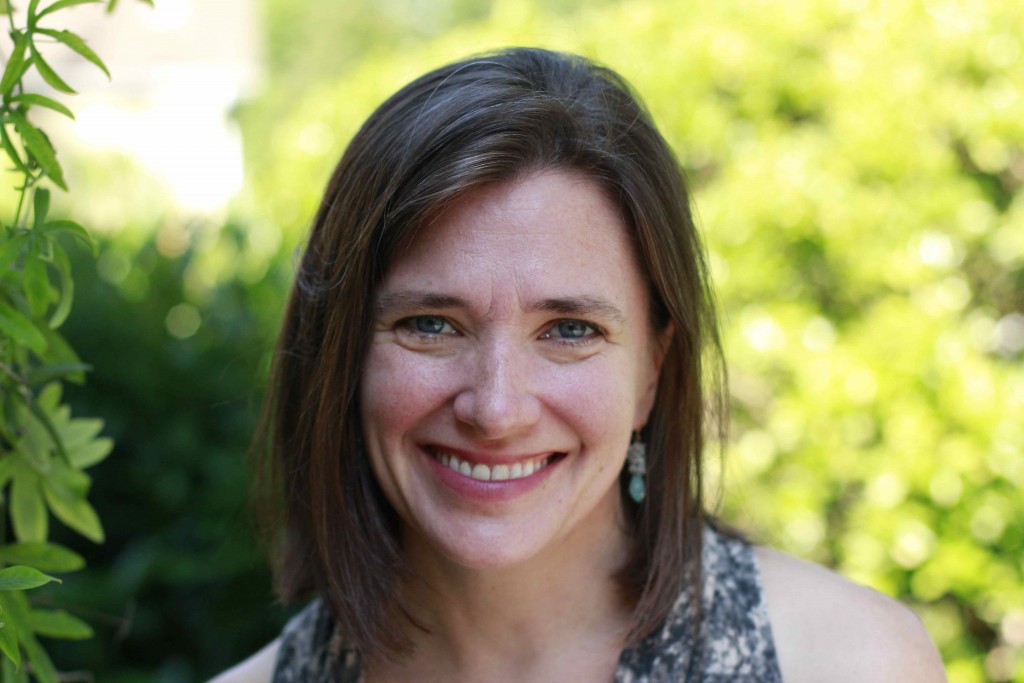Frame Of Mind: The Legend Of ‘Stickman’
ArtandSeek.net September 16, 2019 19From a life of homelessness to a recognized artist, Roosevelt Wilkerson left a mark, or in his case, sticks, in many people’s lives. His sticks made it as far as the White House and Vatican City. Film director Margaret Galbraith explores the ups and downs of “Stickman”, as he was known, and how his hobby became his way of life.

Margaret Galbraith, filmmaker.
Galbraith became interested in Wilkerson’s life after hearing that Susan Nowlin, friend of former president George W. Bush and first lady Laura Bush, was selling commandment sticks made by someone in the Dallas community. Being a native of Dallas herself, Galbraith became curious. “How had people from such different backgrounds come together?” This curiosity would take her on an eight-year journey, exploring Wilkerson’s legacy.
In Wilkerson’s youth, hatred had consumed him. As a young boy, people looked down at his family and treated them as though they were less than; he wanted to strike back. Hate turned to crime and Wilkerson found himself in prison for two years. Then, he lost his first wife, and then his father and mother to cancer. “When they left, it seemed like everything was torn down,” he said in the doc. Soon after, Wilkerson was staying at Austin Street Center, a shelter, by night and wandering the streets by day. He had never been homeless before. This way of life continued for ten years.

Crew Photo with Roosevelt and Dorothy.
Wilkerson fought the hate inside of him and filtered his thoughts by carving them as hieroglyphics on a stick. Shortly after, his first customer appeared. Carol Brewer flamed Wilkerson’s legacy. He was dumbfounded when he saw her approach him on the street. This was a first: “She was my equal,” he said. Brewer brought a group of homeless artists together through her Art Van for Homeless Art Program and later opened a gallery where Wilkerson could display and sell his art. His art became a source of income him and his wife, Dorothy.
“It was a real joy to [Wilkerson] to share his story,” Galbraith recalls. “He was very personable.” Not only had Wilkerson found a community to be a part of, “he had formed a community,” she says.
“Especially in this time when everything is so divided” Galbraith wanted to show the love and generosity that still exists in the world.
“Just as Susan and Carol took the opportunity to change Wilkerson’s life, [we] shouldn’t give up on people. We should reach out to people in need [because] it can expand your world.”










